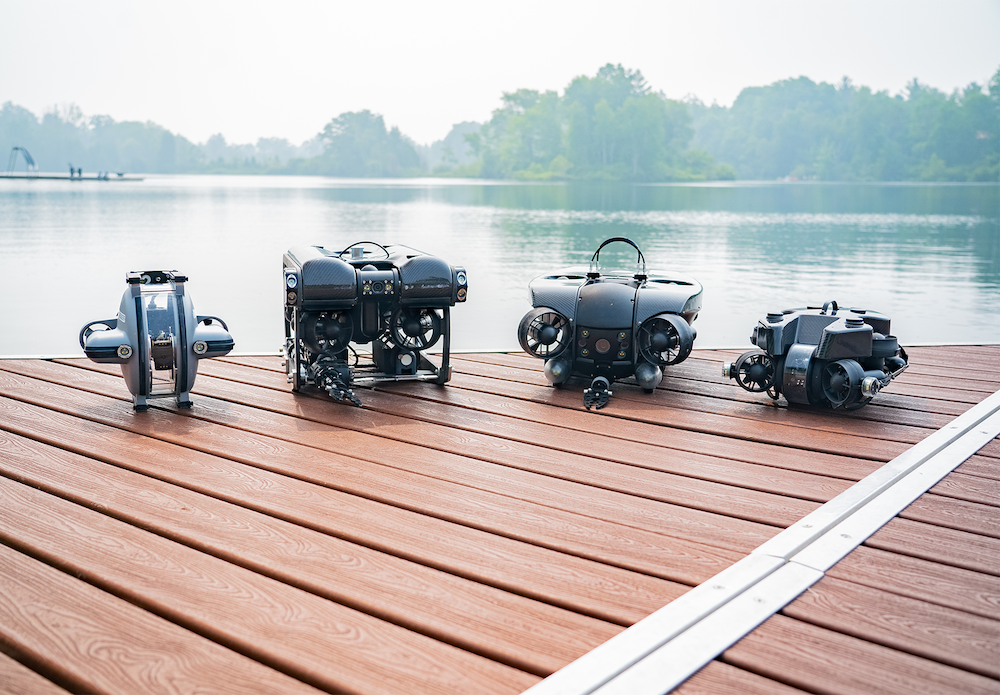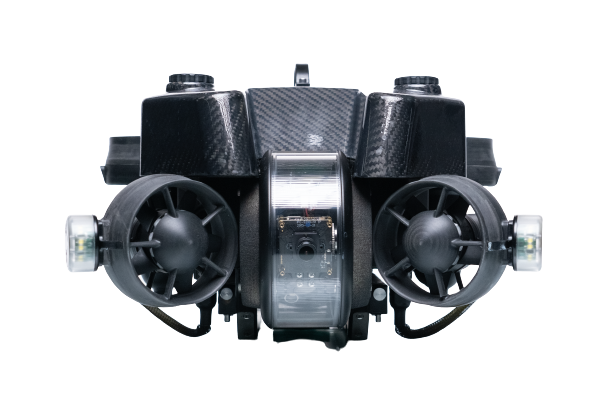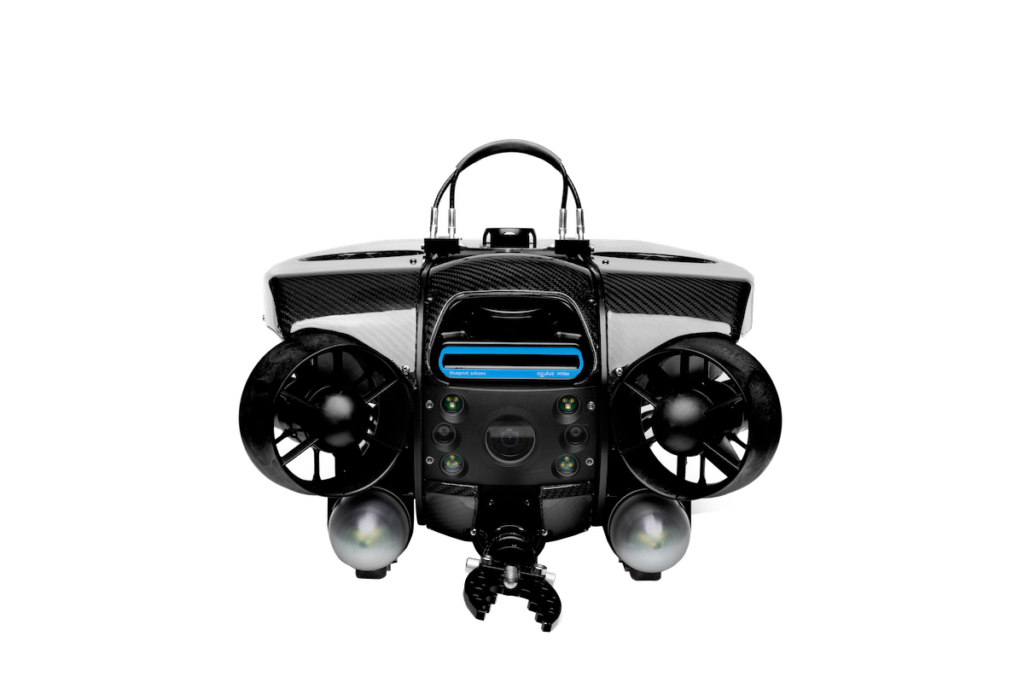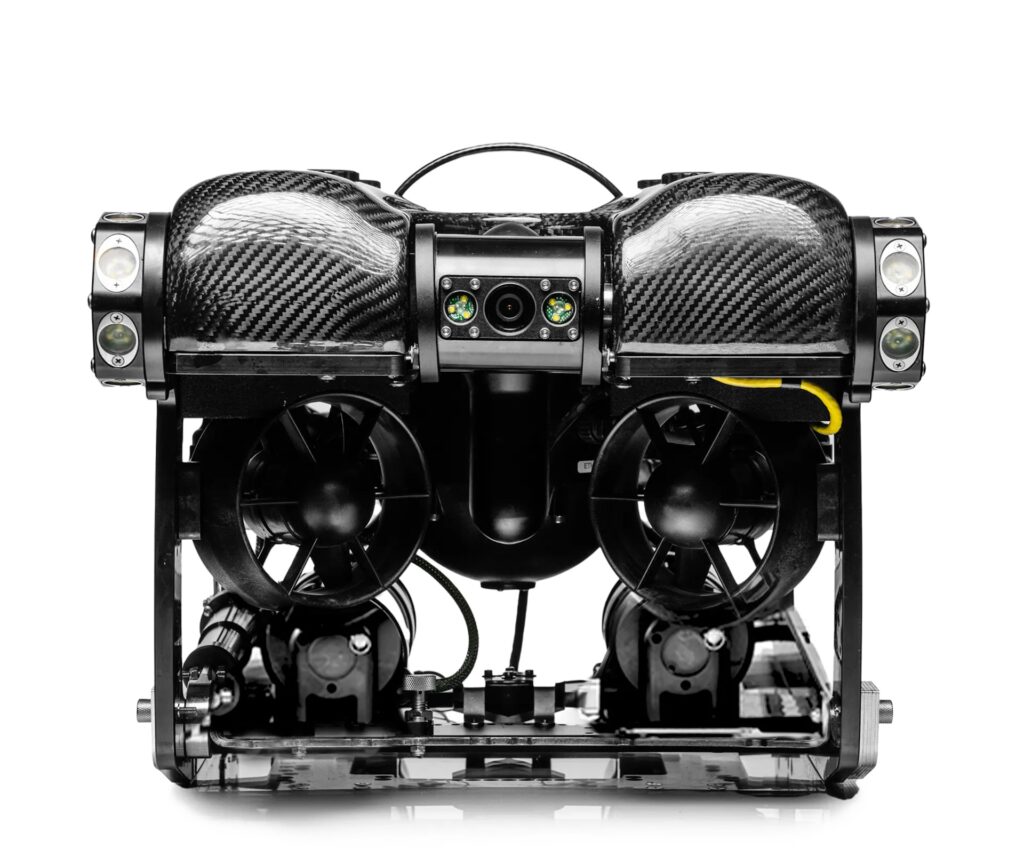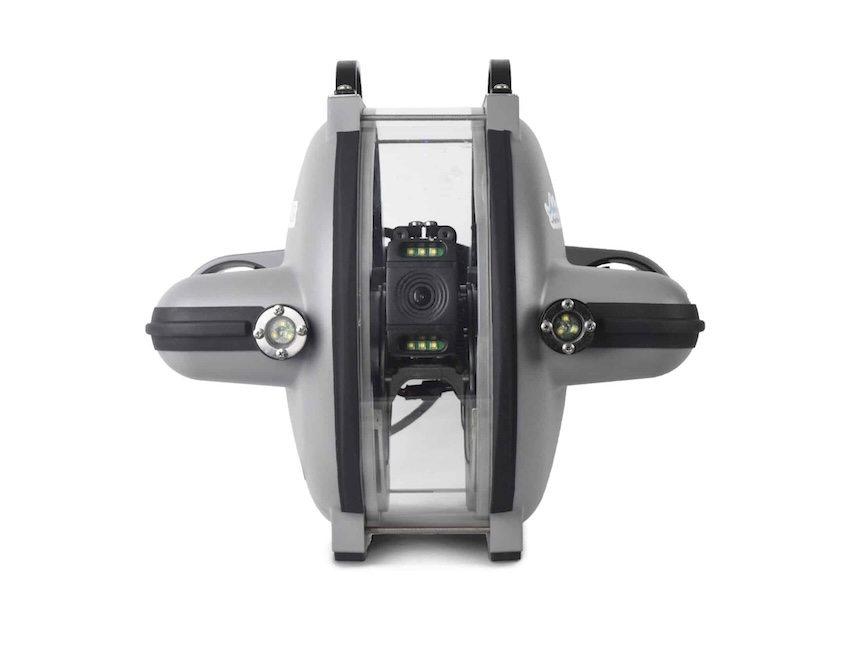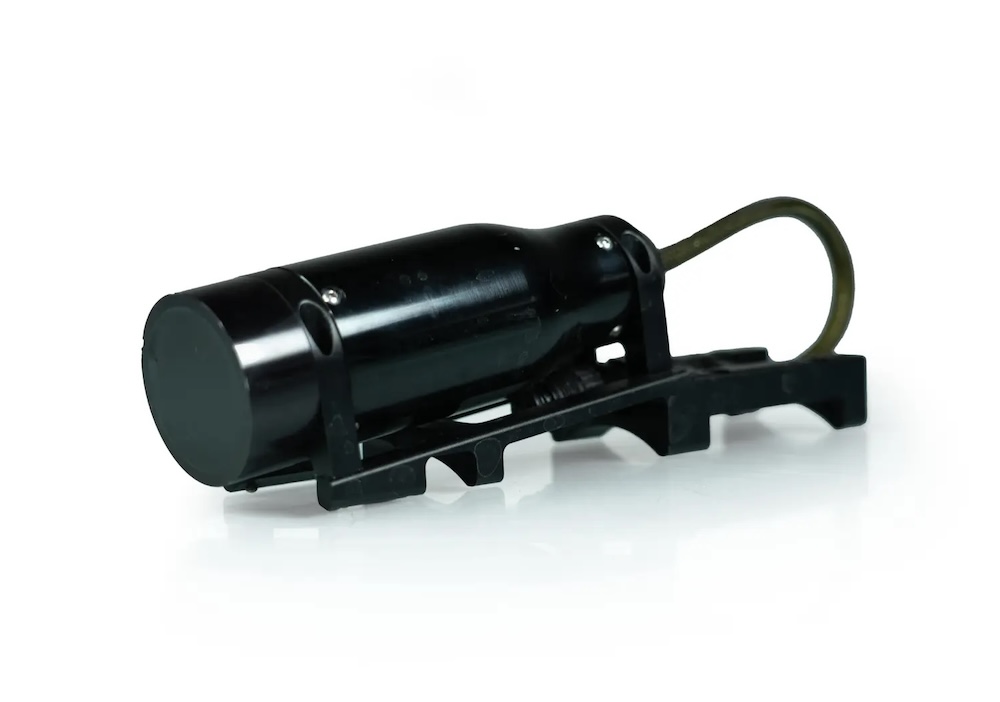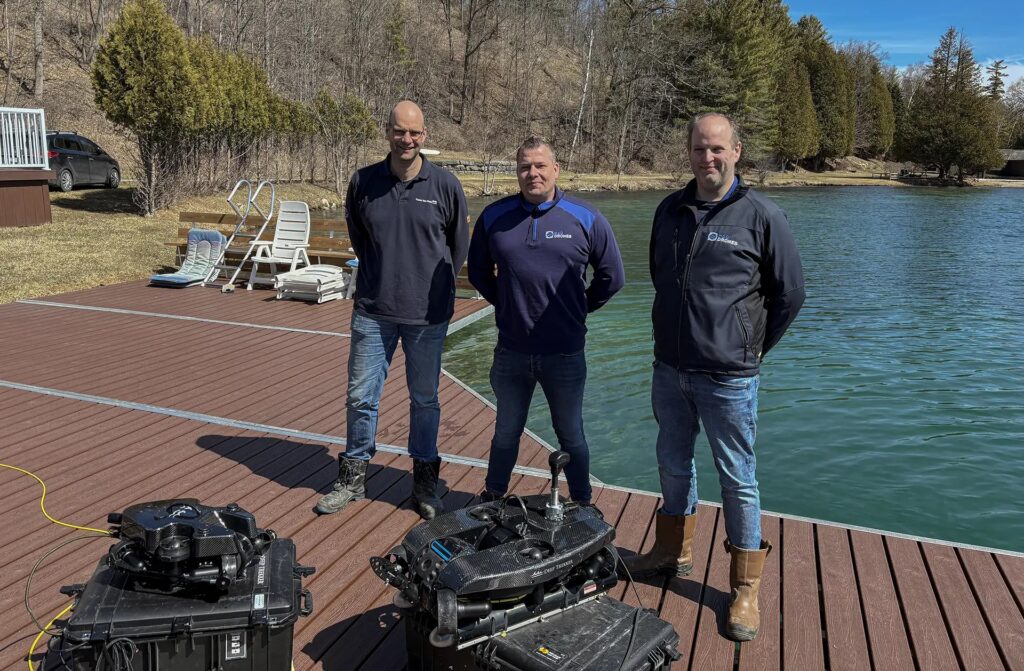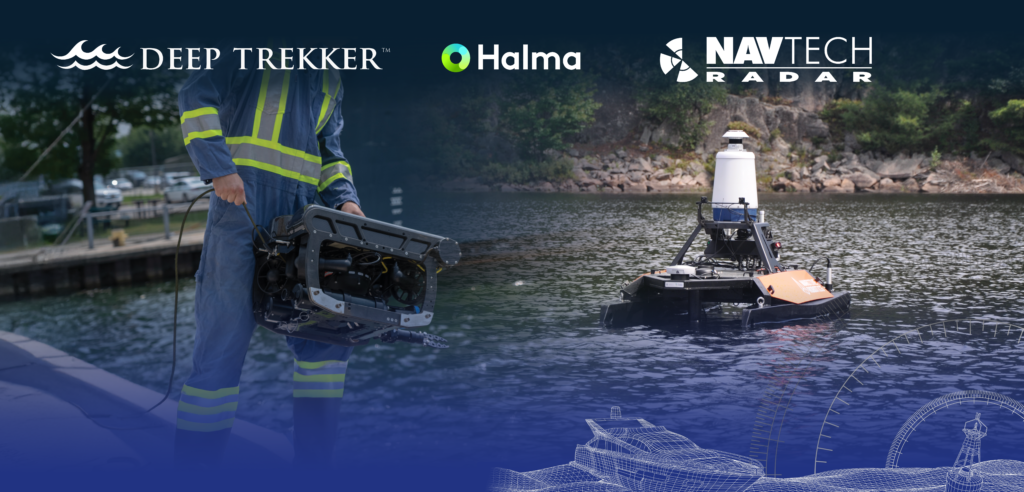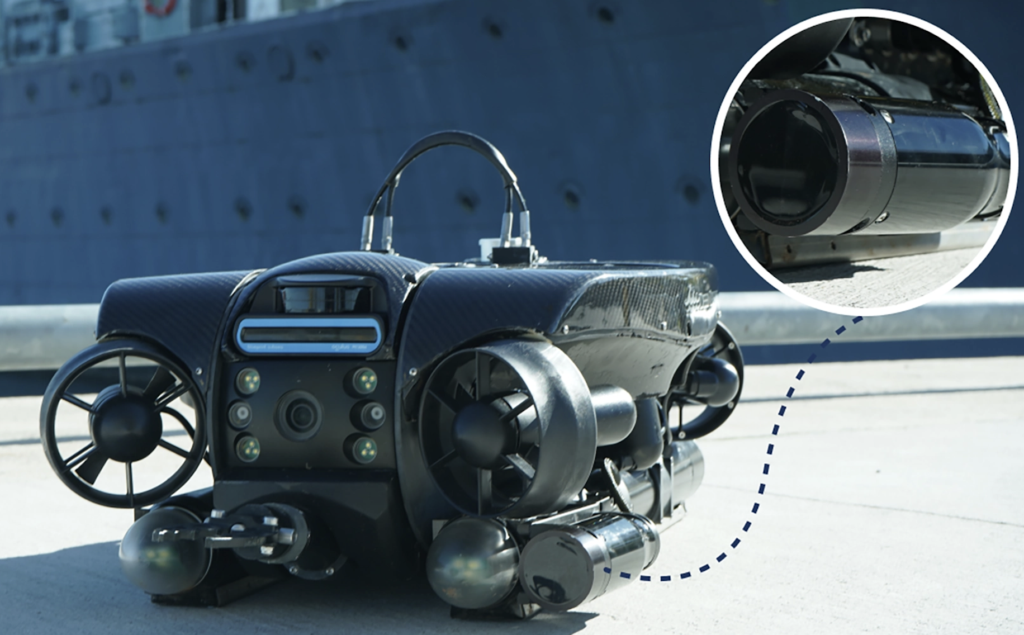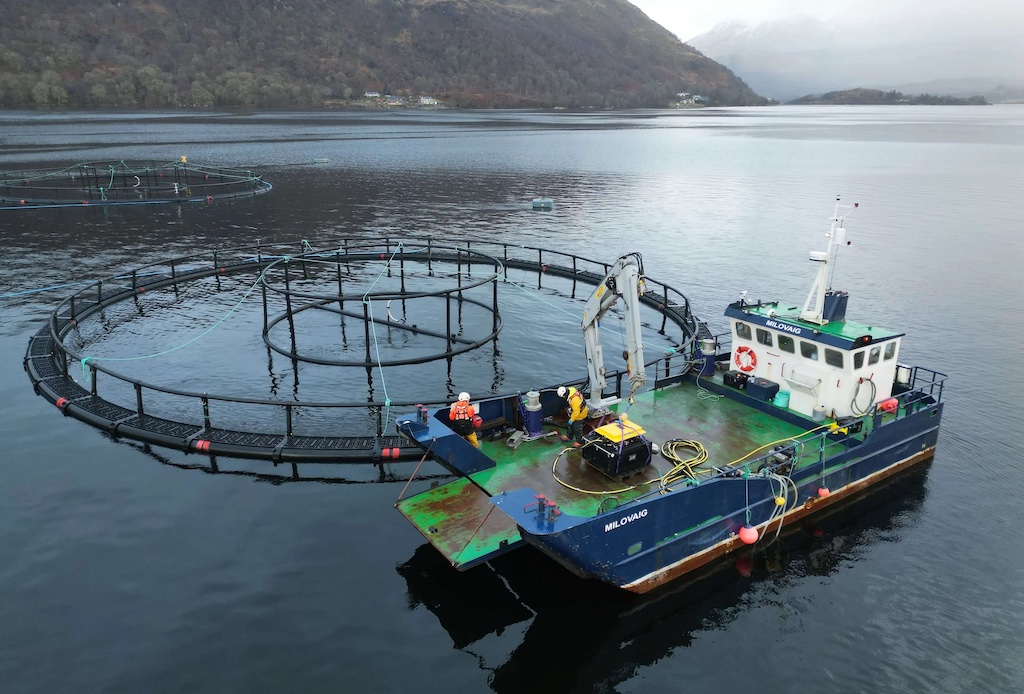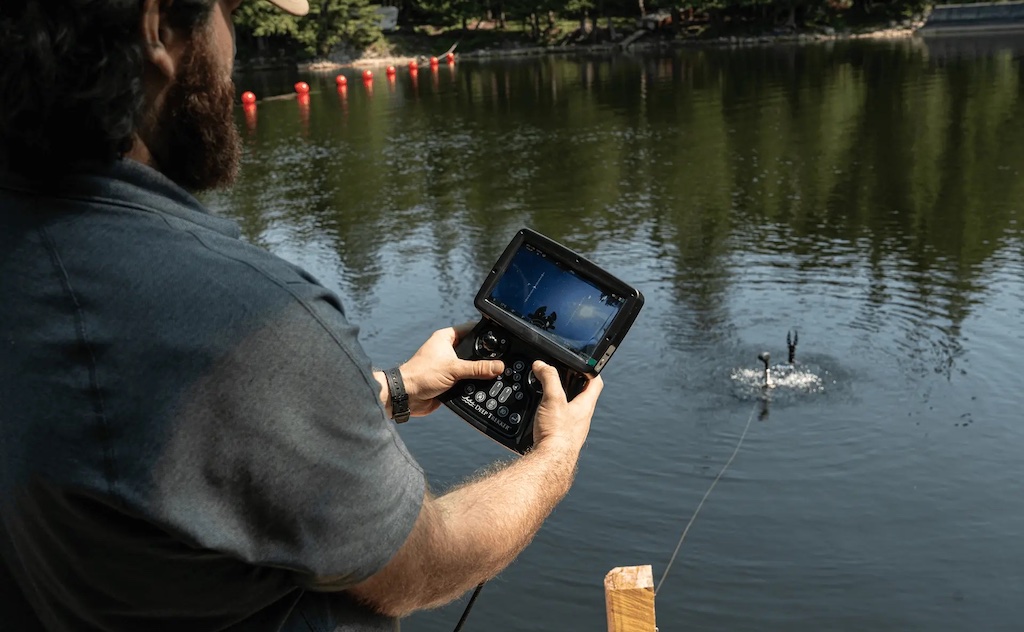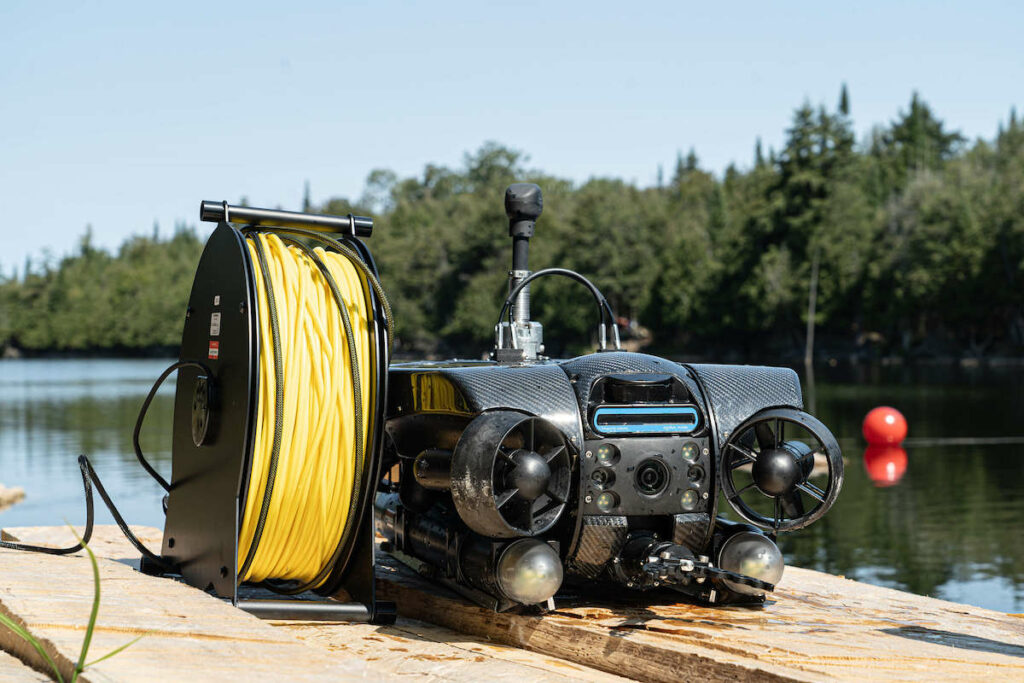Deep Trekker breaks down how remotely operated vehicles (ROVs) are positioned and tracked beneath the surface in their article “Underwater Positioning 101: Navigating the Depths with ROVs”, outlining the specific challenges of underwater navigation where traditional GPS signals cannot reach.
The article covers key underwater positioning techniques used with ROVs, including dead reckoning, acoustic positioning systems such as USBL (Ultra Short Baseline), and DVL (Doppler Velocity Log). It outlines how each method works, the type of data they provide, and where they are most effectively applied.
Deep Trekker also discusses how these systems integrate with ROV operations, and how operators use positioning data to carry out tasks such as inspections, surveys, or recovery missions. Examples of typical use cases and environments where accurate underwater positioning is critical help to contextualize the information.
The piece concludes by addressing how ongoing improvements in underwater positioning systems continue to expand the capability and efficiency of ROVs, especially in environments with limited visibility or strong currents. Deep Trekker highlights the role of positioning in mission planning, data logging, and post-mission analysis.


